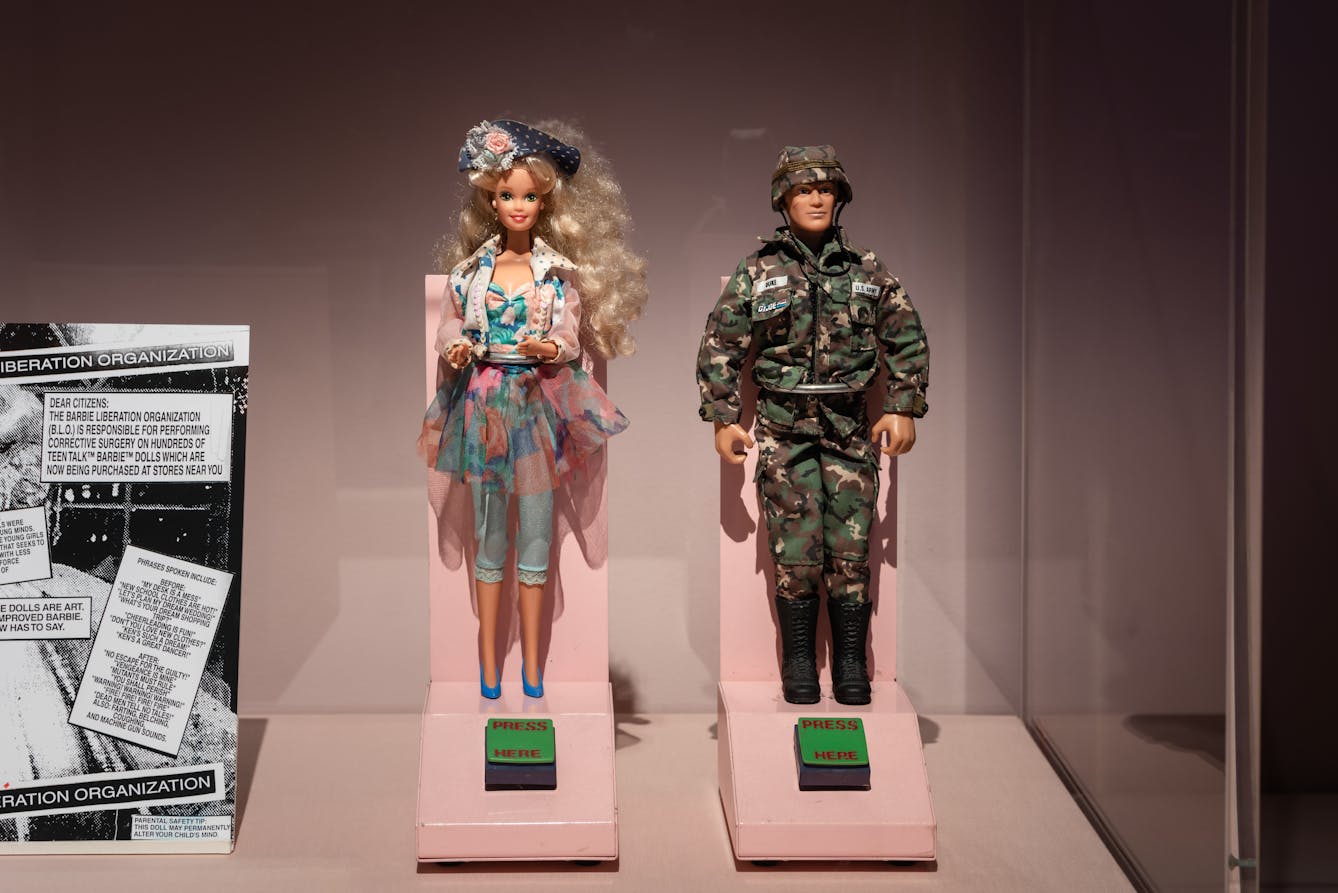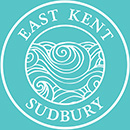A while ago, I was struck by a part of Peter Gray’s book “Free to Learn” in which he describes the almost unimaginable; children playing in Nazi concentration camps. “Play is children’s means of making sense of their environment and adapting to it, as best they can, regardless of the type of environment.” In contrast to the adults who played to take their minds off the appalling situation, the children would confront it with games of ‘blowing up bunkers’ or ‘seizing clothes off the dead’.
The Wellcome Collection invites you to consider play not only as a way to pass time when you are not engaged with the supposedly more important business of work but as nothing less than an individual’s development, whether physical or psychological; whether young or old. The Wellcome Institute is located opposite Euston station in London and has a free exhibition until March – Play Well.

You will see the work of ground breakers (like the Romantics for whom the individual, Nature and imagination were primary) Rousseau and in particular, Friedrich Froebel who was one of the first to see the role of play in a child’s development and was the originator of the ‘kindergarten’ or (children garden). There are displays of his ‘gifts’, sets of mostly geometric figures in wood often in primary colours. Their handling was as much for the child to explore as singing and dancing.
The fruits of playing with Froebel’s gifts are exemplified by the modernist architects of the Bauhaus, by Buckminster Fuller and by Frank Lloyd Wright who were exposed to them when they were themselves children. Their abstract forms went a long way to shaping the modern world.
Reggio Emilia is a region in northern Italy where mothers were keen to set up schooling of a sort for their children in the ruins of the aftermath of the second world war. We would recognise the approach they adopted, that is that the students be able to determine their own curriculum to a large extent, in order that they can have ‘the hundred languages’ that they can express themselves in at an early age through arts, drama, etc and not be stripped of all but one as they progress through standard schooling.
Research of play is explored in various forms such as Peter and Iona Opie’s tours of the country gathering nursery rhymes and playground songs and the therapeutic work of Margaret Lowenfeld and of D W Winnicott. The former was hugely important in the realisation that creating worlds was an effective way of working through trauma. She developed the World Technique where a child could express themselves through play rather than language per se, if only in a tray of sand.
Objects of play on display vary from a Steiff teddy bear to LEGO from which the title of the exhibition emerges not only as a nod to its host institution; the brand derives its name from ‘leg godt’, Danish for ‘play well’. While we take for granted many of these objects today, we forget the way they shape our expectations and meanings of childhood. This can be easily challenged: the Barbie doll and the GI Joe doll were liberated from their gender stereotyping by having their voice boxes switched by the guerrilla group the BLO (Barbie Liberation Organization) before they made their way to shop shelves.
The next phase of the exhibition centres around risk. A (totally) beguiling film shows what happens when sculptor Eva Rothschild decided to break down the barrier that exists in most museums where visitors are told emphatically that they are not to touch the works. As a group of eleven year-old boys are seen wandering about the forms tentatively investigating them and moving about each other they even play a gentle form of tag. Eventually, as the sculptures disintegrate with only a little coaxing, they are seen playing football among other things with the component parts, all with wild abandon.
Sites of play are as important as the objects. After the second world war, Marjory Allen who campaigned for child welfare recognised that bombsites could be adapted by and for children into adventure playgrounds and she helped develop them amongst the high rises that sprouted over the subsequent years. No matter that they were not pleasant, purpose-built terrains. She was, moreover convinced that an aversion to risk was detrimental to human development.
But what about the virtual sites that we see occupied today? Digital gaming is hardly a marginal activity or industry, for that matter. If it were it would not generate all the moral panic over video games that we hear today.
Despite the apparent problems presented with an excessively sedentary young life there is an unprecedented awareness of the risk of childhood. A display shows how the freedom to roam of children over the last three generations has reduced by 90%. This is despite the fact that there seems to be no greater dangers posed to them from strangers or climbing trees, etc. A fascinating film made in 1951 (shown as an extract but viewable in its entirety here) makes us realise that the worry is not necessarily new. It seems as children are increasingly restricted in their physical space, they take refuge in the potentially infinite virtual space. But now there are safeguarding restrictions even those worlds.
Perhaps the curators do more to suggest cognitive development than to detail it. But suggestive it is. A rich history of pioneers, toys and playgrounds devoted not only to the development of the child’s mind but also that of the adults. Naturally, I have not done justice to the breadth of The Wellcome’s exhibition but I urge the reader to see it for themselves. They could scarcely do a better job of showing the context of the EKSS project.
Play Well
24 October 2019—8 March 2020
Wellcome Collection
183 Euston Rd,
London NW1 2BE
